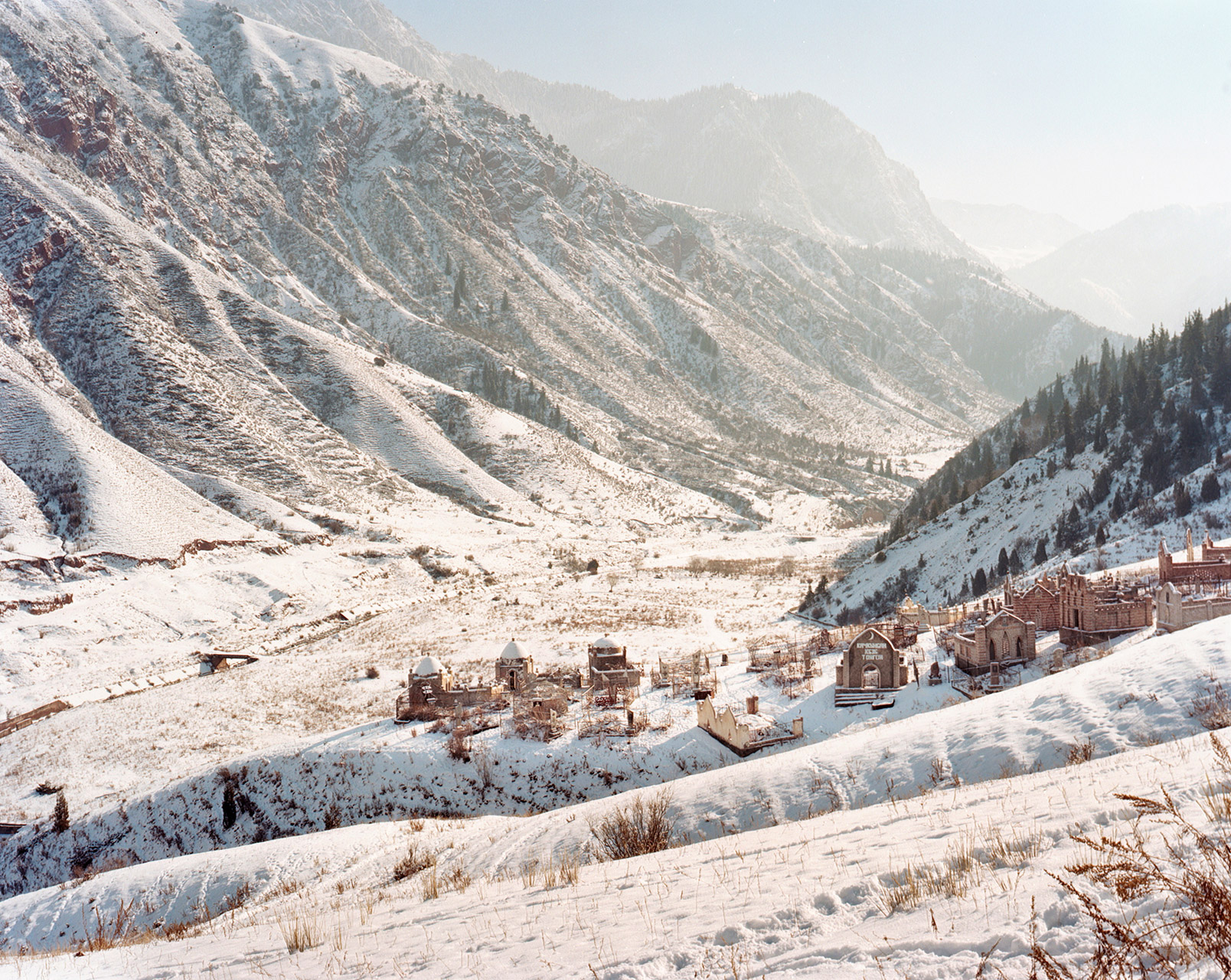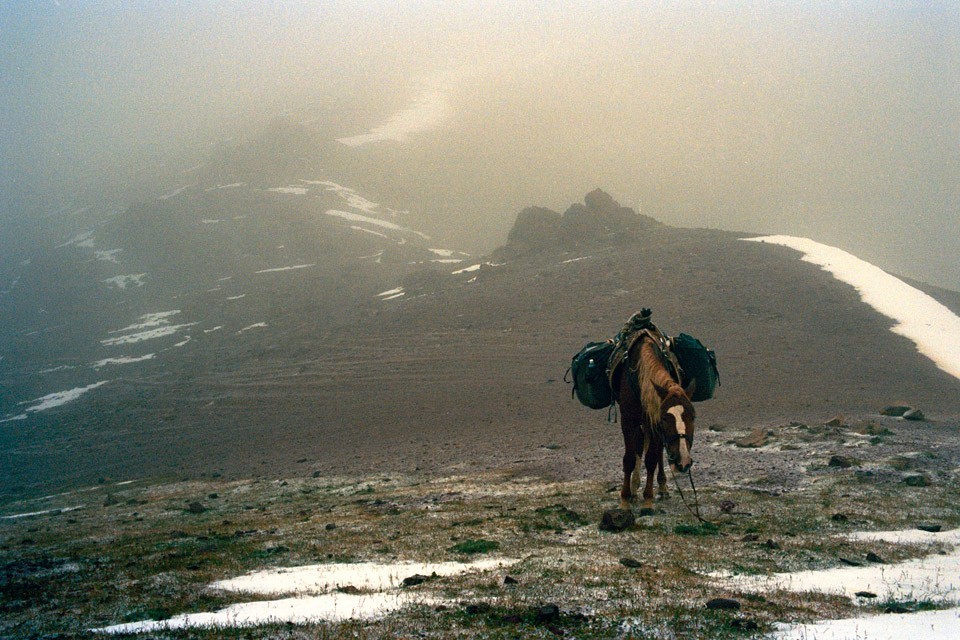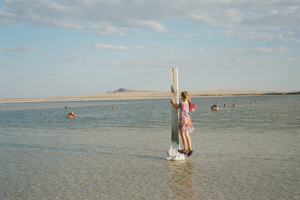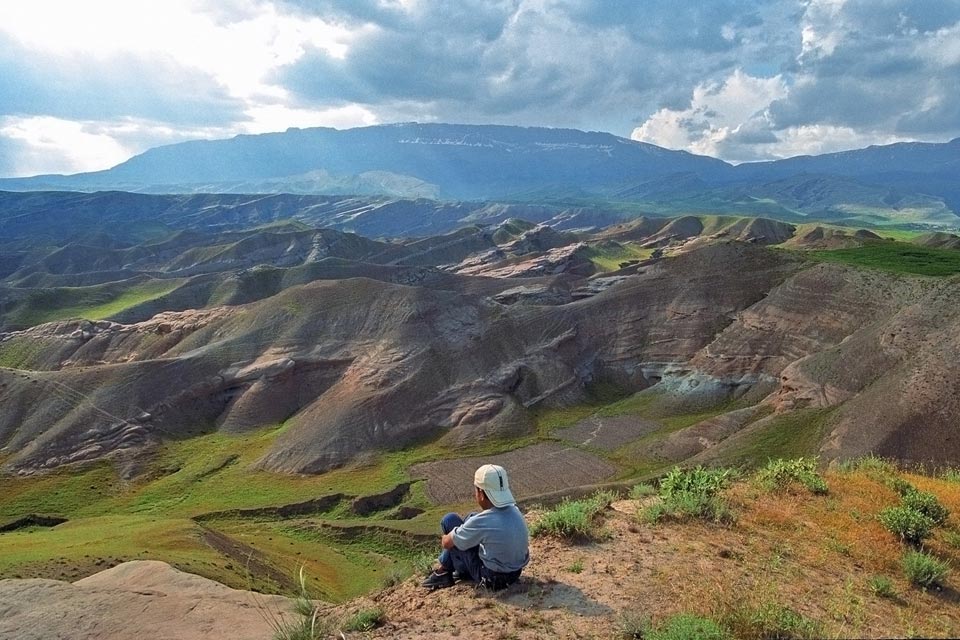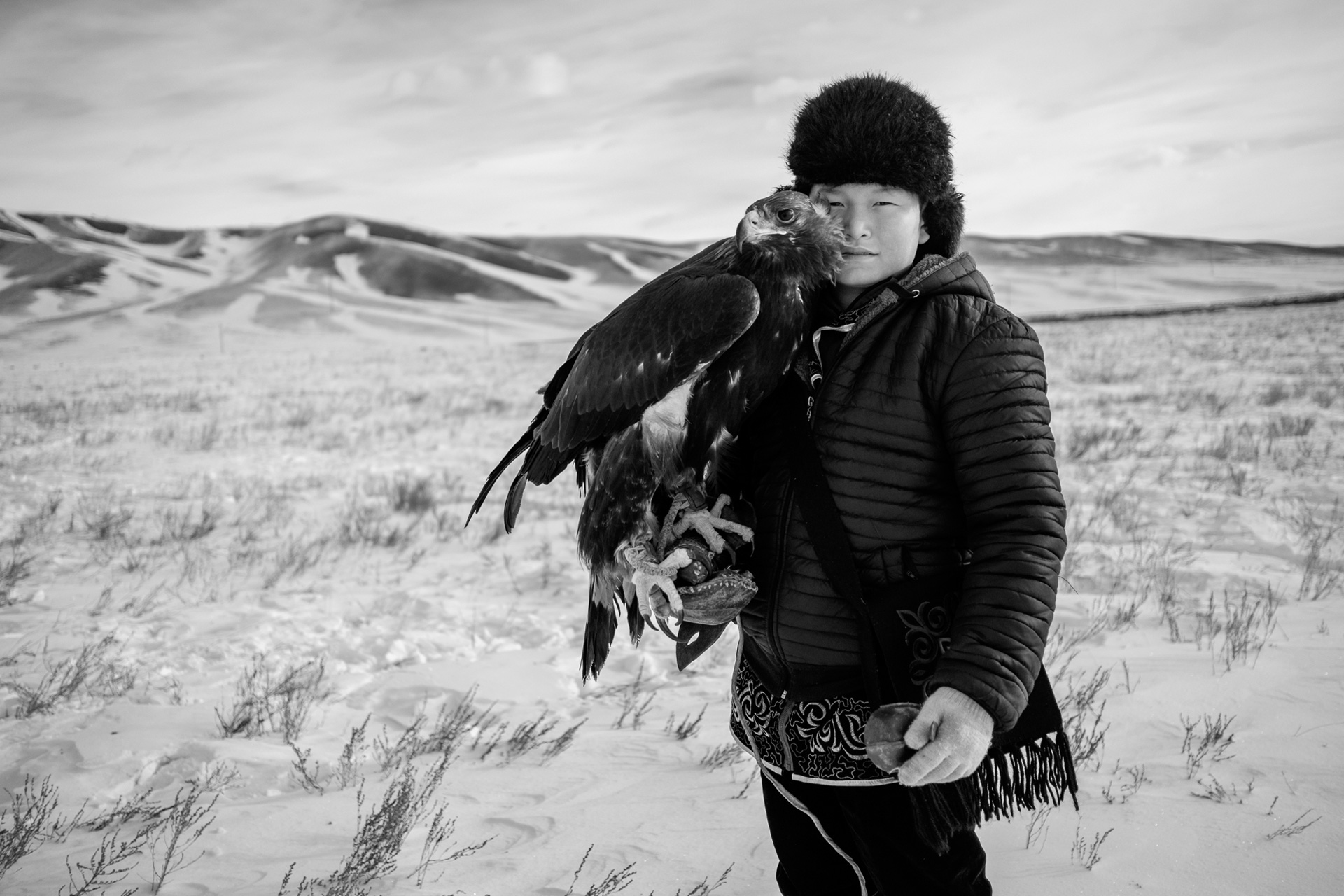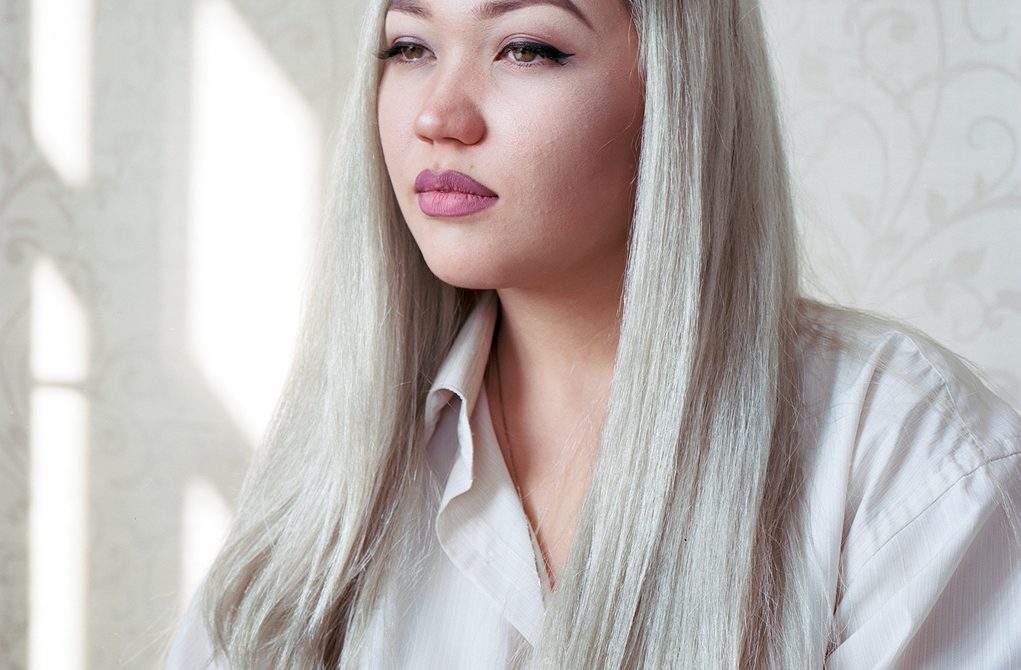
The Mountains and Sad People of Kyrgyzstan
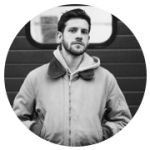
French documentary photographer. Studied photography at the Ecole de Conde in France. Worked on numerous projects in Asia — in Indonesia, Thailand, and Mongolia. Winner of Marcel Bleustein Blanchet Foundation’s grant, finalist of numerous contests.
Kyrgyzstan is a former Soviet republic squeezed between Kazakhstan, Tajikistan, Uzbekistan, and China. Three-fourths of its territory is mountainous. Most of its six million people are Muslim; according to the local press, there are over 2,500 mosques in the country.
In 2010, President Kurmanbek Bakiyev was ousted. During the referendum that followed people voted for a new draft of the Constitution, and the country became a parliamentary republic. At the same time, armed clashes between the Uzbek and the Kyrgyz unfolded in the south of the country.
According to RBK, most of the young people in the country go to Russia as labor migrants to be able to feed their families or save up for a wedding. In 2015, the average salary in the country was 13,300 som (about $200) a month.
French photographer Elliott Verdier went to Kyrgyzstan to see the unknown world of Central Asia with his own eyes.
— I like to travel to places that a man like me, born in a middle class family from Paris, would have never been. Meet people I would have never met. I want to testify of a world detached from breaking news, with deep social issues, to take time and break into people’s intimacy. This is why I try to find original themes that suit my everyday quest for beauty through struggling people full of nostalgia, melancholy, and sensitivity.
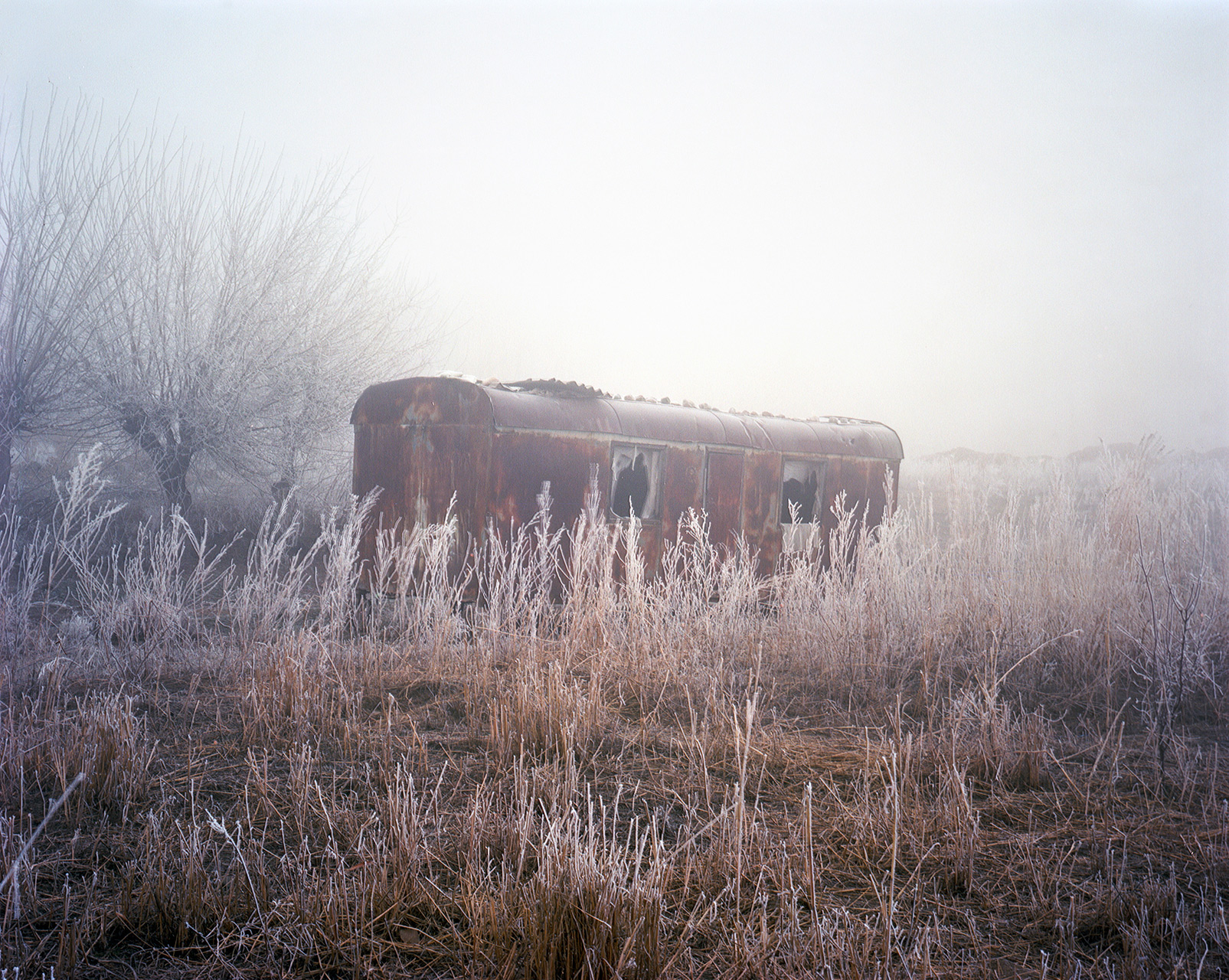
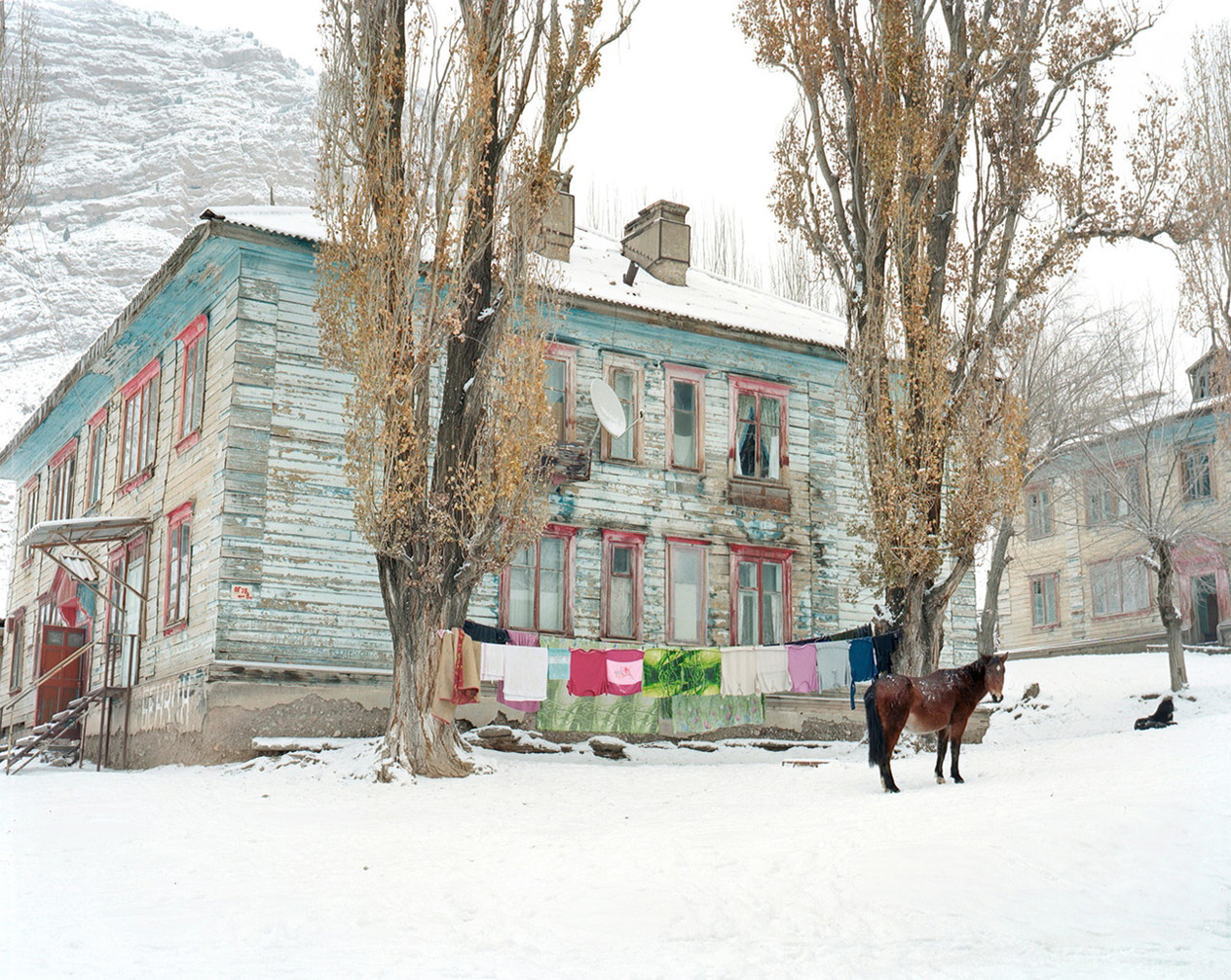
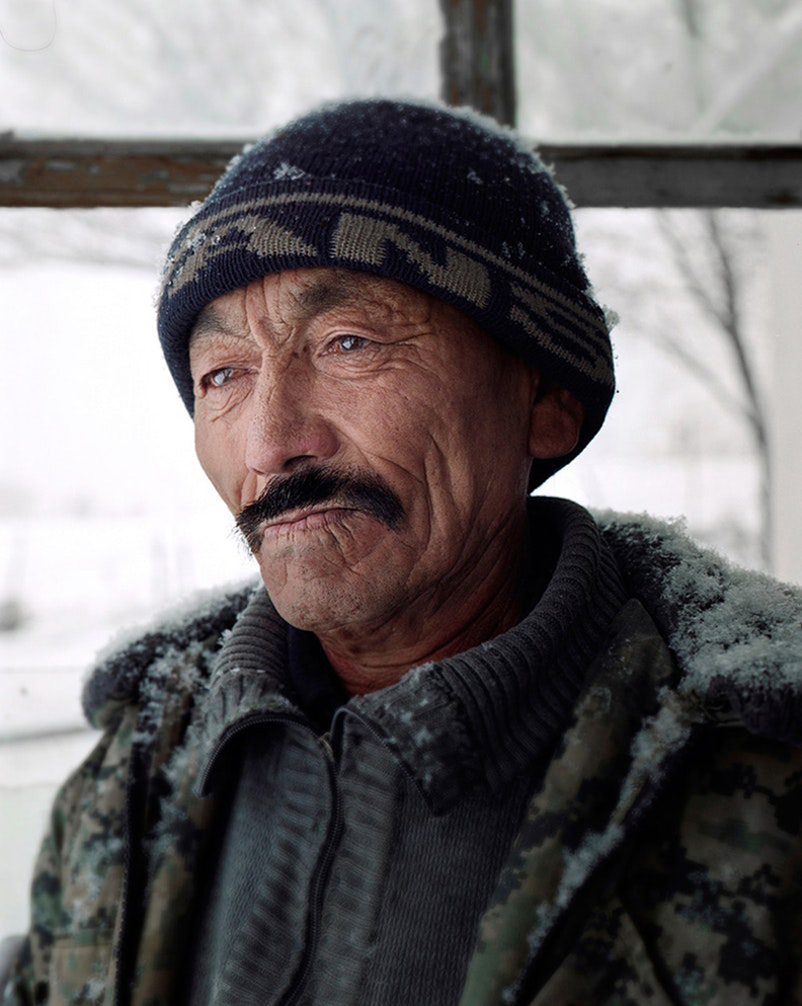
I was more and more interested in Central Asia after my trip to Mongolia. And I remember looking at a map and wondering what was Kyrgyzstan. I literally had never heard of this country before. I know, it’s a shame! I started doing some research on it and found very little about it. So in June 2016 I decided to go there for a month to see the country by myself. My project started in October 2016 and finished in February 2017.
To get to Kyrgyzstan, I really had no trouble. But once there, I was arrested once by the police and detained for a few hours. I was taking some pictures in a industrial area, and it was apparently forbidden. Two guards saw me and thought I was a secret agent, they were calling me ‘James Bond’. They took my fingerprints and mugshot at the police station. And fortunately, some friends came and explained the situation, negotiating with them. I think they just wanted money from me, as police corruption is a common thing there, but they got nothing.
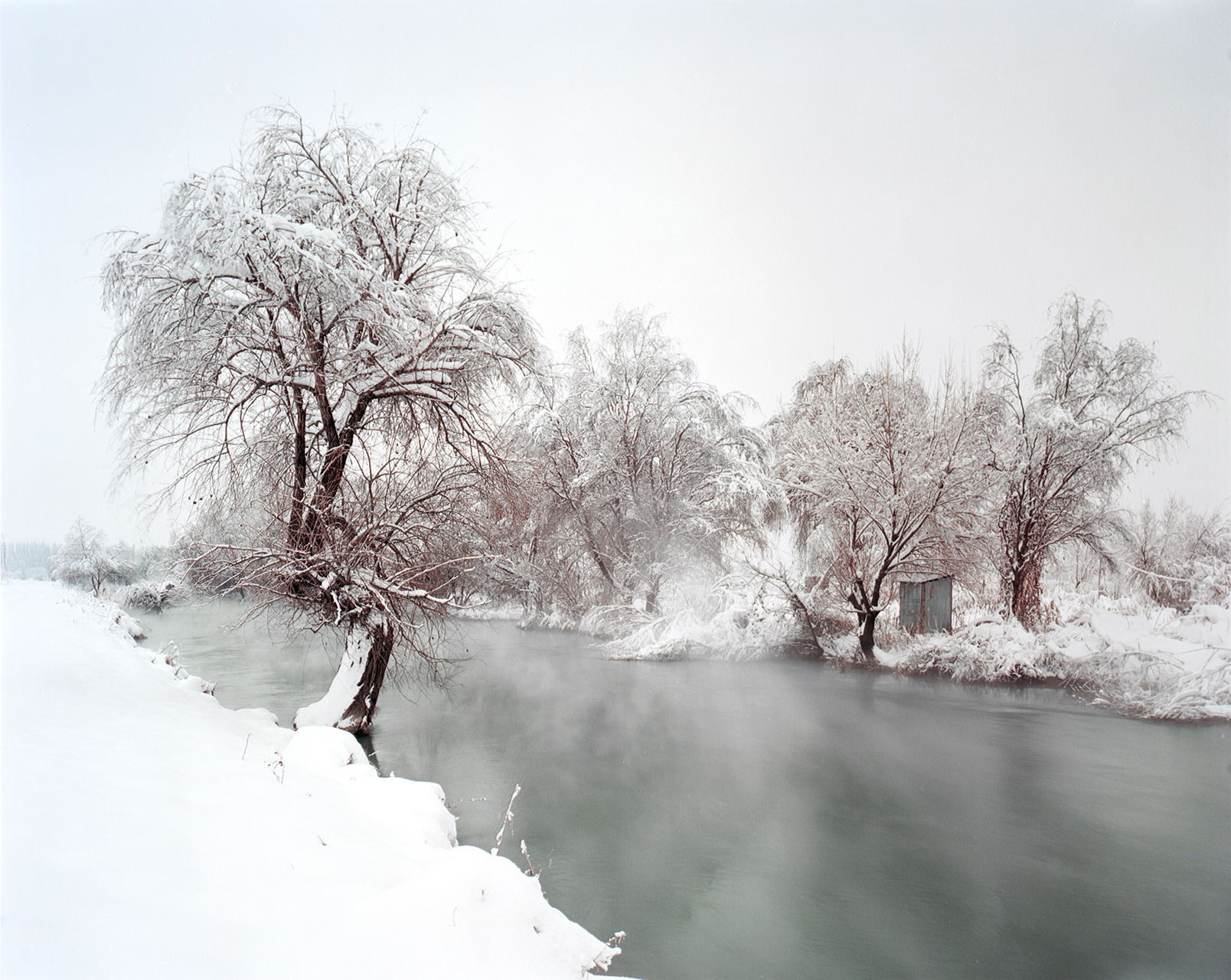
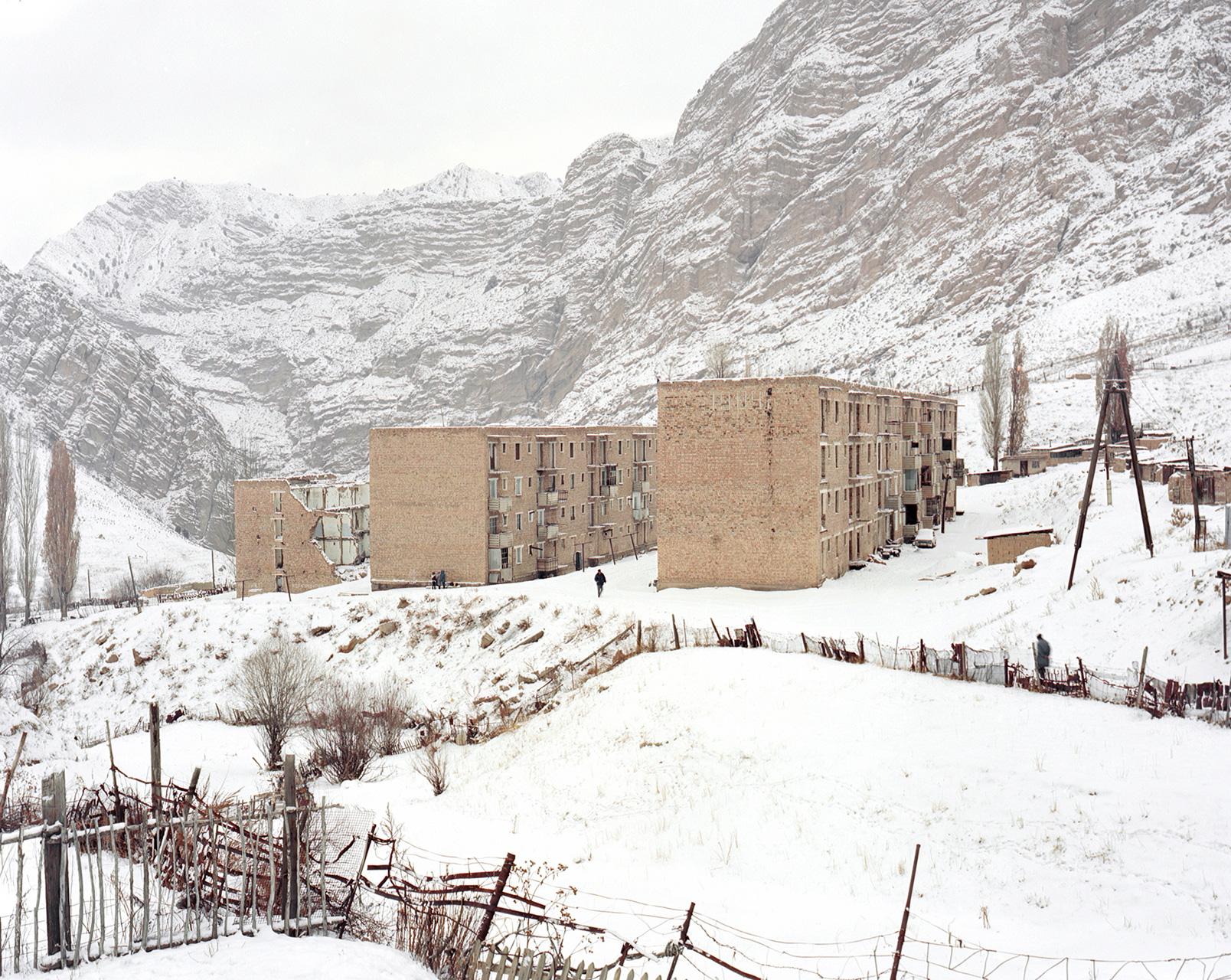
The people in the pictures are very diverse. There is some I just met quickly on the streets, but I’ve spent hours with veterans, nights with young people. Men and women in coal mines. Fishers. Hunters. I waited months for some to accept, spent as much time to set up some portraits, find the good spots, the good light. Sometimes, unfortunately, I didn’t have the time to take photographs of the people who accepted.
I have to say that the first time I went to Bishkek, I was surprised how modern was the youth. Kyrgyzstan is really a forgotten territory in Western countries. It is shameful but, in the collective consciousness, it is still isolated, wild, reclusive. In Bishkek, I met all kinds of people I could meet down my street in some various places I could go in Paris also.
I also find Kyrgyzstan very melancholy. I noticed it at first with the old people I’ve met, because it’s more obvious. You can feel their confusion living in a country full of doubts, when before it was well-organized. Lot of things there didn’t change, they just got old. Cities of course, but minds also. Even the younger ones.
There is also this feeling of pride I think. The USSR was powerful and Kyrgyzstan was a part of this power. Today, it is a forgotten voiceless country.
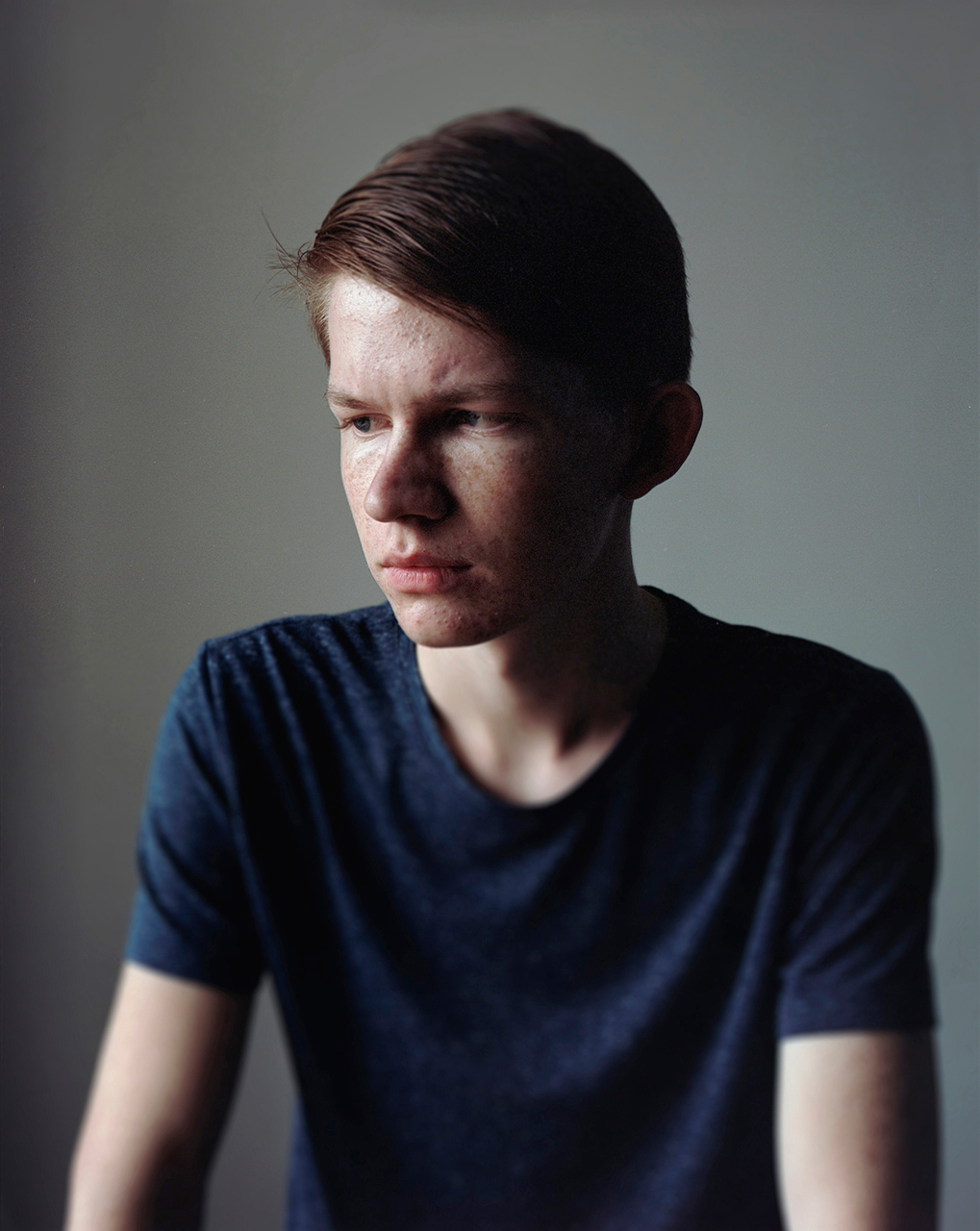
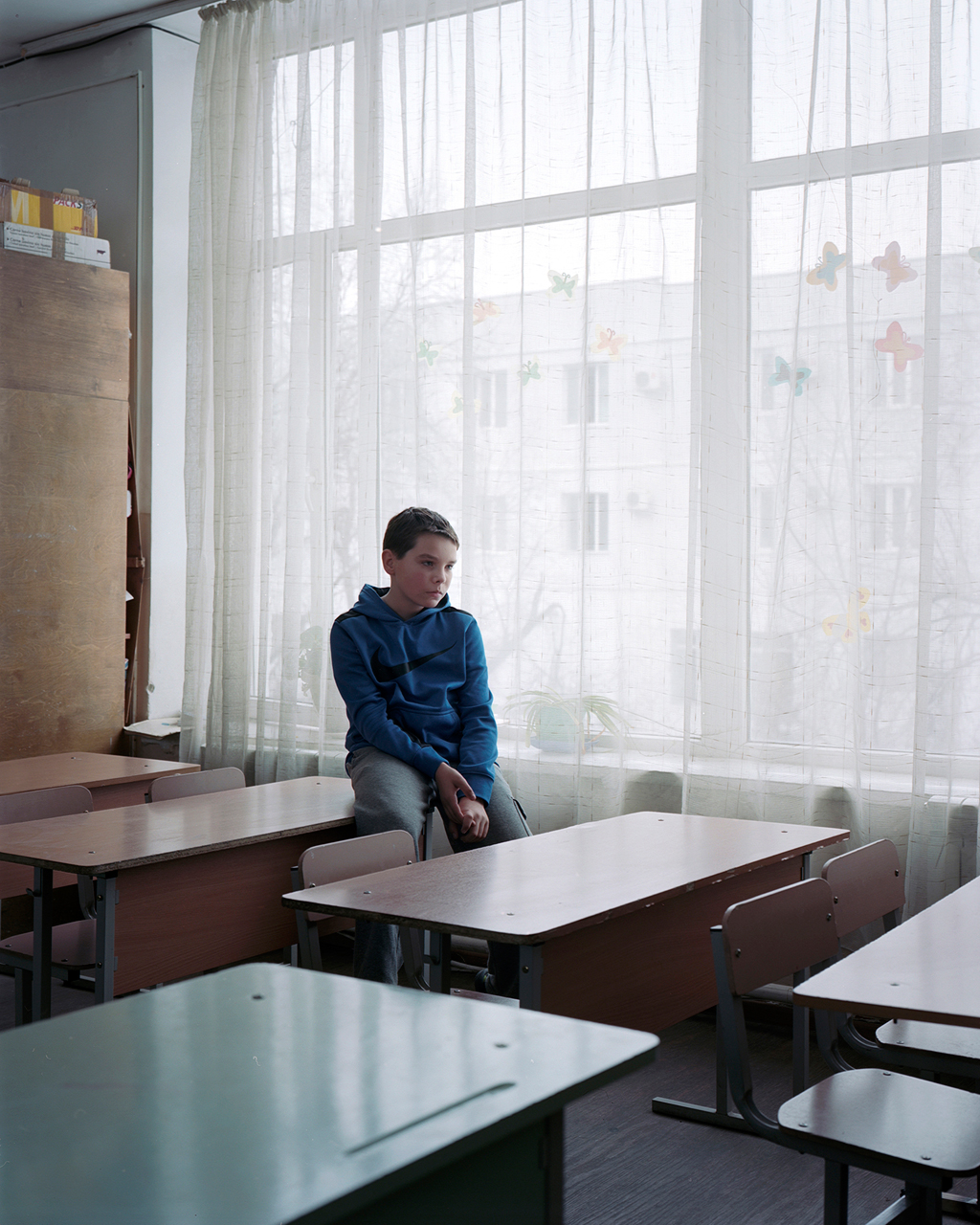
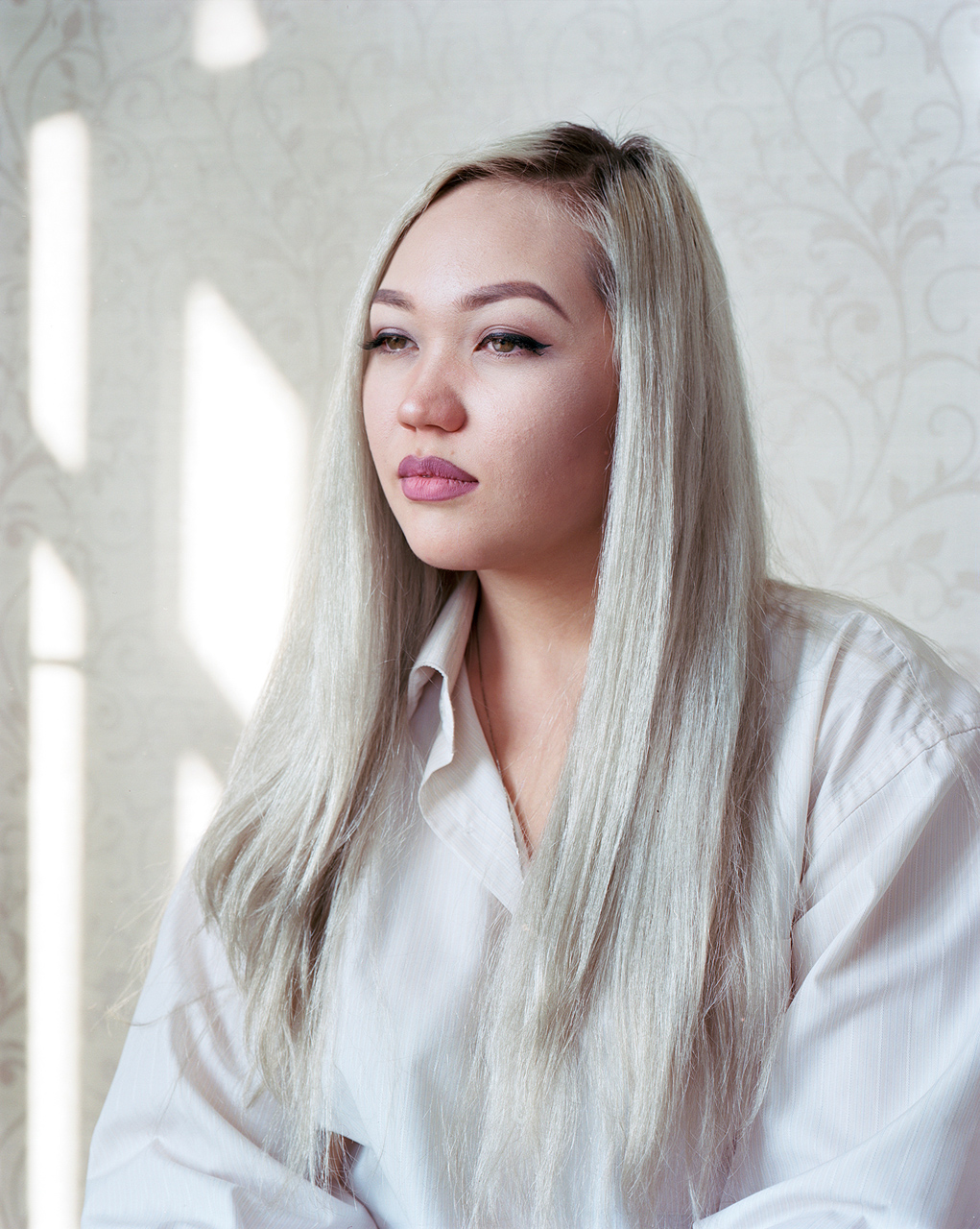
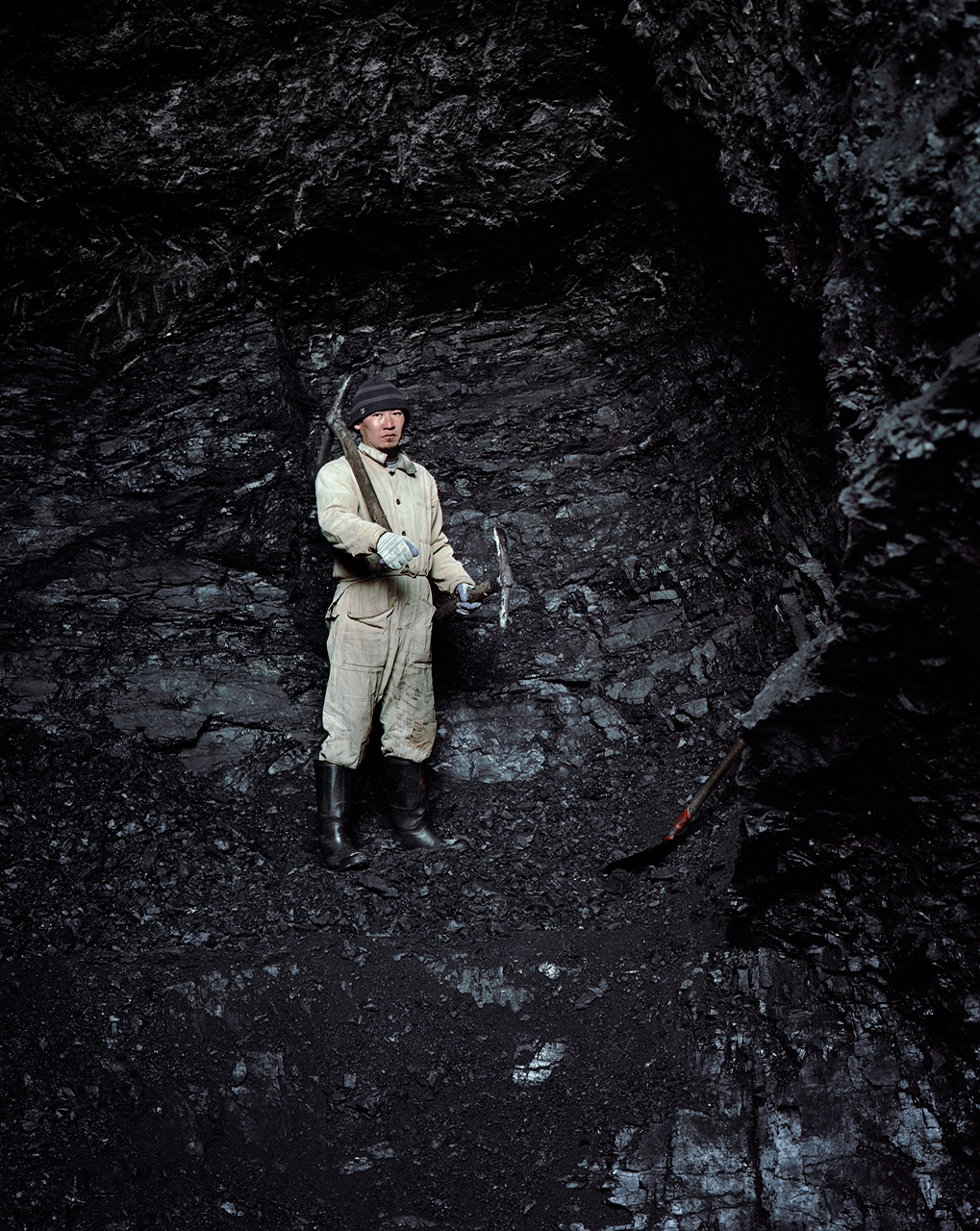
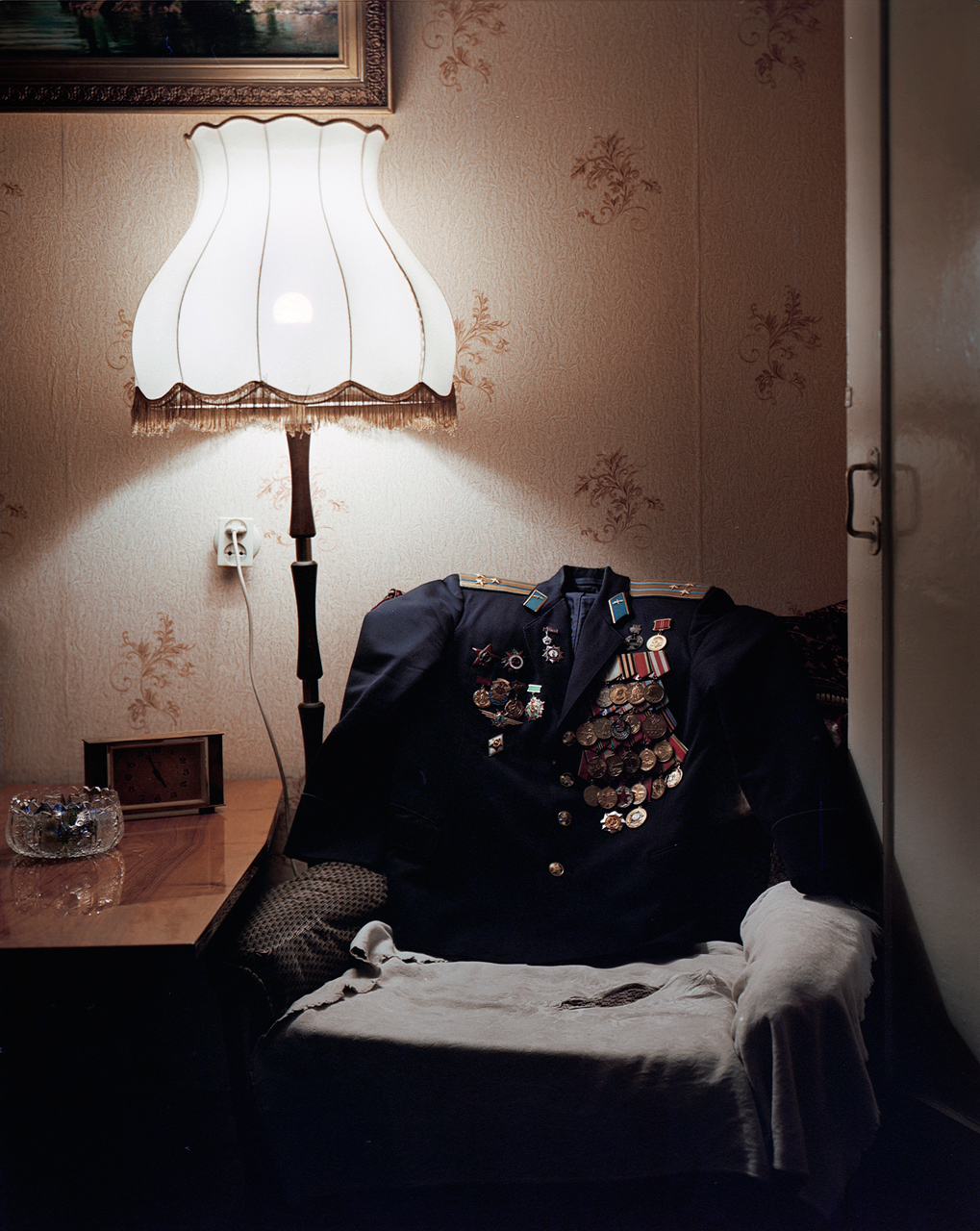
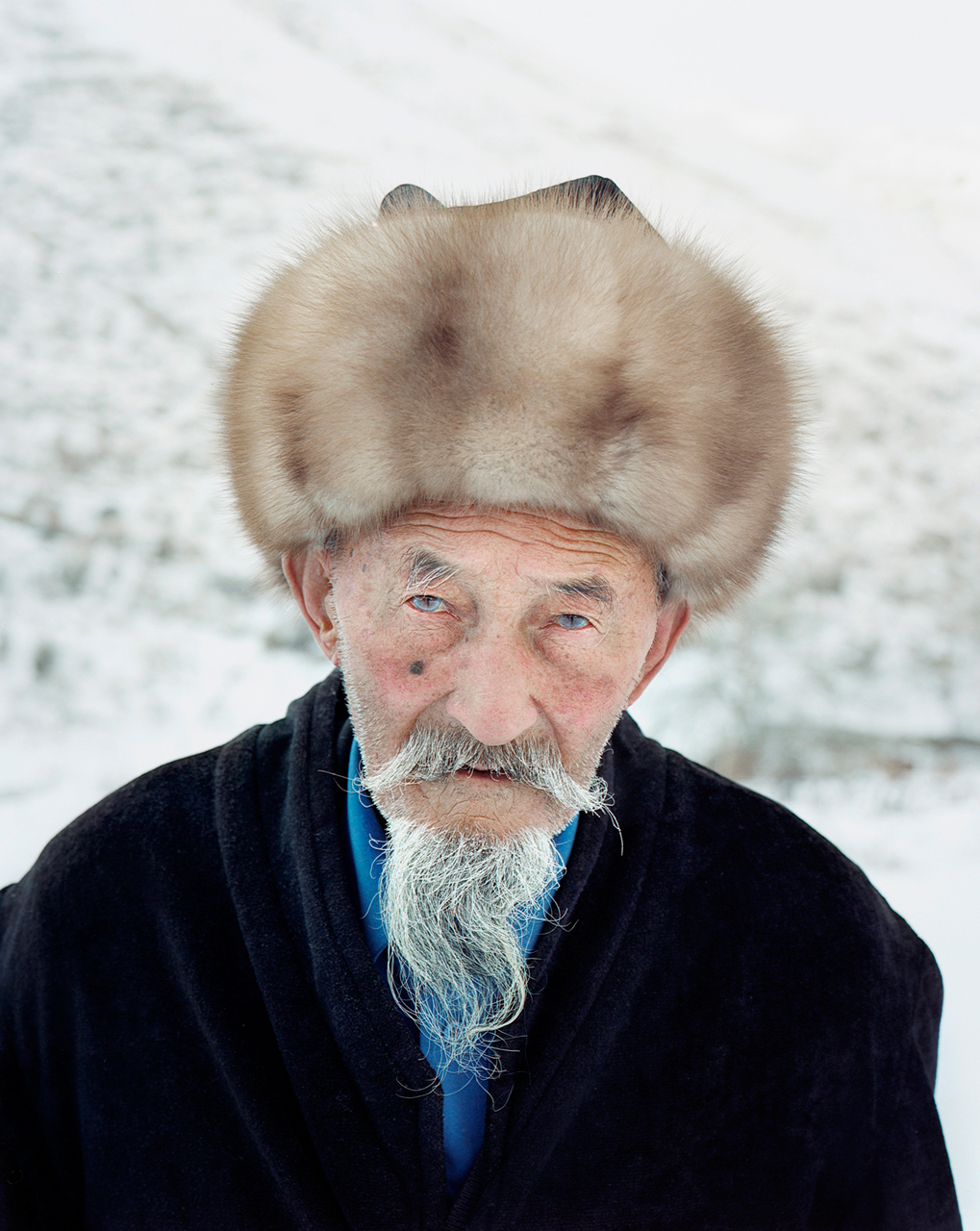
The main aim of the project was to find a subtle balance between melancholy and hope. Use the light and the people as they are to highlight a country that lies in the shadows. I like to think that it will the first and the last time that people will be shot with a large format camera. It’s keeping unique track of them.
